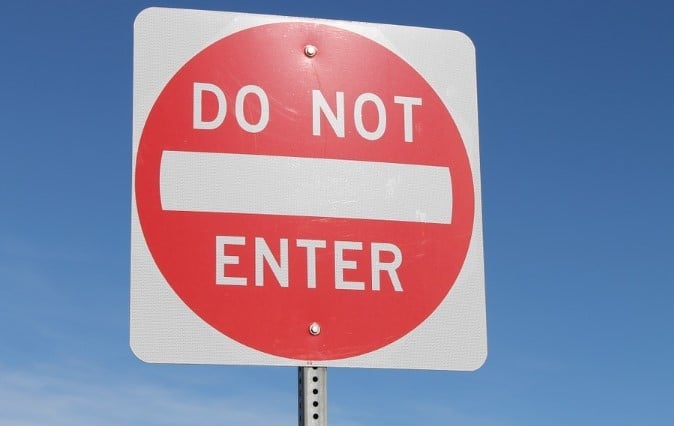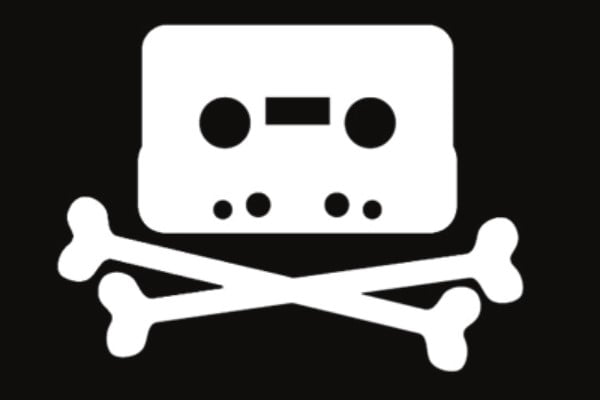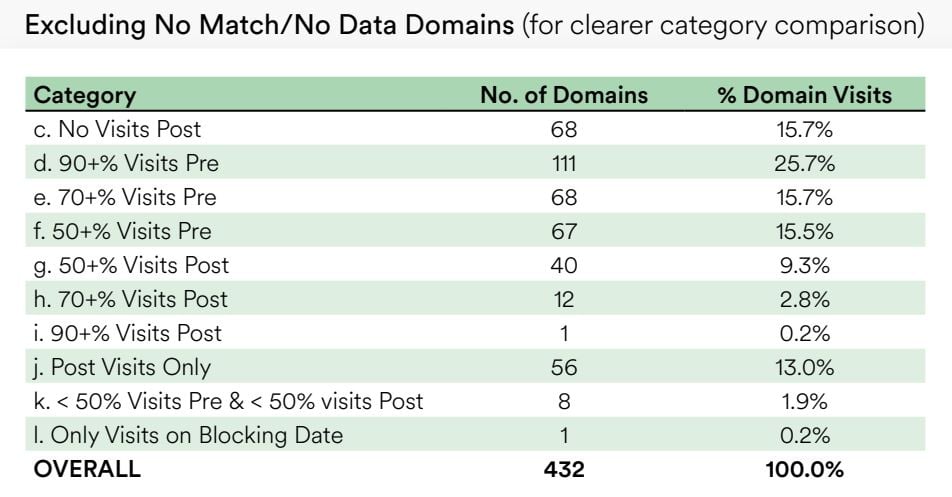-
chevron_right
‘Pirated’ TikTok Clips Help to Promote TV Series, Research Finds
news.movim.eu / TorrentFreak · Thursday, 11 April - 15:04 · 4 minutes
 The debate over whether copyright infringement cannibalizes legitimate media consumption has been dragging on for several decades now.
The debate over whether copyright infringement cannibalizes legitimate media consumption has been dragging on for several decades now.
The issue has been researched extensively with both positive and negative effects being reported, varying based on the type of content and the ‘piracy’ source, among other variables.
By now, most experts would agree that watching a new blockbuster on a pirate streaming site isn’t going to magically benefit legitimate sales. However, there are many more nuanced types of copyright infringement, where ‘unauthorized’ use is more likely to have a positive effect.
TikTok Pirates
For example, when a viral clip from a TV series is making the rounds on social media platforms, one could argue that this serves as free advertising. At the same time, this clip is not a direct substitution for the full series, which means that the infringing use can be an opportunity, not just a threat.
To test this hypothesis, researchers from Peking University examined the impact of short and condensed TV show clips posted on Douyin , the Chinese TikTok. Rightsholders typically object to this type of unauthorized use, but is that wise?

The goal of the research was to see whether these ‘pirated’ clips have any effect on legitimate consumption. The researchers used a natural experiment around a massive enforcement spike that started around April 2021, when rightsholders criticized Douyin/TikTok for the infringing activity, which triggered a wave of takedowns.
“In April 2021, over 500 actors and actresses, together with more than 70 major companies and organizations in the industry, protested against copyright infringement on short-form video platforms. They called for platforms like TikTok to actively detect and remove unauthorized film and television content,” the researchers recall.
In response, the Chinese TikTok removed countless problematic clips. The researchers used this ‘natural’ event to see if the takedowns impacted legitimate streaming activity of TV shows on iQIYI, one of China’s most popular subscription streaming platforms.
The researchers analyzed whether the mass takedown event impacted demand for subscription-only ‘VIP’ shows in any way. Non-VIP shows, which are freely accessible to all, acted as a control variable, since these were not the focus of the takedown campaign.
Infringing Clips as Free Promotion
After analyzing the data, the researchers found that popular TikTok clips indeed have a significant effect on legitimate consumption. Taking these ‘unauthorized’ clips offline actually decreased legitimate views.
“Our empirical results reveal a positive effect of TikTok condensed clips on streaming services demand. Specifically, we observed that the boycott event led to an approximately 3% drop in the number of views for the original VIP content on the focal streaming platform,” the researchers write.
“[S]hort-form condensed clips could be viewed as user-generated samples of original video works. They produce positive spillovers by enhancing the visibility of TV series and attracting interested viewers to the full-length content on streaming services,” they add.

This conclusion is quite intuitive in a social media world where ‘influencers’ are widely used to promote content. For some entertainment industry executives, however, it will require some mental gymnastics to fully grasp that seemingly infringing content can be a good thing.
The results also put question marks around the widespread upload filter technologies, that aim to prevent the unauthorized use of video and music. While full copies are never a good thing, small clips may be beneficial in some cases.
“Although streaming platforms may be suffering declining engagement these days, our results show that among various kinds of alternative contents on short-form video platforms, user-generated condensed clips might not be foes but actually friends,’ the researchers note.
Not all TV Shows Benefit
In addition to this overall conclusion, the researchers found some interesting moderating variables. Apparently, not all short clips have equal promotional value. TV series with more complex plots, which are harder to summarize in clips of a few minutes, benefit most from social media clips.
Translated into genres, the data reveals that ‘crime’ and ‘fantasy’ shows gain more from this type of social media promotion than ‘romance’ or ‘family” shows. According to the researchers, this makes sense as ‘condensed’ clips of complex shows are less likely to act as a replacement for the full show.
“Given the constraints of condensed clips of only a few minutes in length, it is highly impractical to include every twist and turn for crime and fantasy genres, making them less susceptible to replacement by condensed clips,” the researchers note.
In a similar vein, unauthorized clips of highly rated shows tend to have more promotional value than those that feature shows with bad ratings. This also makes sense, intuitively, as a teaser of a bad show might put potential viewers off and vice versa.
These and other results are explained in detail in the full paper titled Pirating Foes or Creative Friends? Effects of User-Generated Condensed Clips on Demand for Streaming Services , which will be published in the academic journal Marketing Science.
—
Yang, Guangxin and Zhang, Yingjie and Liu, Hongju, Pirating Foes or Creative Friends? Effects of User-Generated Condensed Clips on Demand for Streaming Services. Available at SSRN
From: TF , for the latest news on copyright battles, piracy and more.
 In recent years, website blocking has become one of the most widely-used anti-piracy enforcement mechanisms in the world.
In recent years, website blocking has become one of the most widely-used anti-piracy enforcement mechanisms in the world.

 Last week, new data published by piracy tracking firm
Last week, new data published by piracy tracking firm

 Despite the widespread availability of legal options, online piracy remains rampant. Every day pirate sites are visited hundreds of millions of times.
Despite the widespread availability of legal options, online piracy remains rampant. Every day pirate sites are visited hundreds of millions of times.




 The International Federation of the Phonographic Industry (
The International Federation of the Phonographic Industry (


 Over the years, we’ve witnessed dozens of anti-piracy campaigns. Initially, these pointed out that piracy is illegal and immoral, hoping to change people’s views.
Over the years, we’ve witnessed dozens of anti-piracy campaigns. Initially, these pointed out that piracy is illegal and immoral, hoping to change people’s views.



 The European Union Intellectual Property Office (
The European Union Intellectual Property Office (





